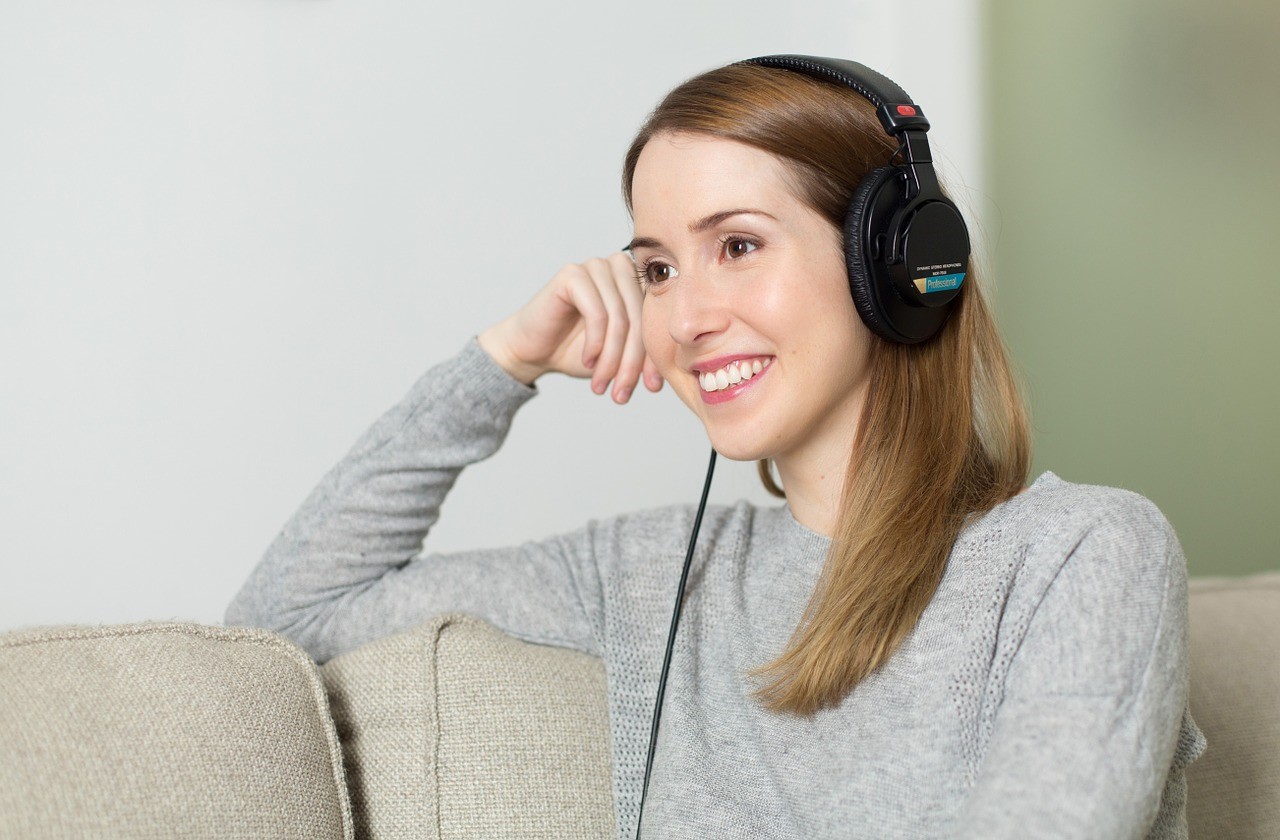Pandora's Keri Degroote Weighs in on Edison's "Share of Ear" Report

As smartphones, smart speakers, and connected cars make audio more accessible than ever, digital audio is reaping the rewards. Streaming audio's audience is growing steadily, as listeners spend more time seeking personalized content, including podcasts, on their own terms. In fact, according to Edison Research's latest Share of Ear report, digital audio users consume five hours of audio per day, an hour more audio per day than the general population.
Enticed by digital streaming's hallmarks of personalization and control, digital audio services such as Pandora are gaining at local radio's expense. In Q3 2019, digital audio daily listening time jumped 10 percent, compared to the year before, while AM/FM radio daily listening time dropped 11 percent, according to the "Share of Ear" report. However, radio remained the dominant audio platform, with about 41 percent of all listening; digital audio ranked number two, with about 23 percent. In just one year, however, the balance has tipped dramatically, and marketers should take note.
To set the stage, Pandora's Keri Degroote, senior vice president of sales research and analytics, spoke to MediaVillage about how technology is turbo-charging digital streaming, why podcasts play a key role, and how Pandora is spreading the gospel of digital audio to agencies and brands.
Alli Romano: "Share of Ear" shows how streaming keeps growing, but how much is this getting through to agencies and brands? How are you educating them?
Keri Degroote:I feel like that's become a large part of my job. I've been at Pandora for about five years and [we've been] hammering away at that. Often, when I go into a room with clients, we always do a poll of who listens to streaming music or podcasts and, with all the hand raising, it's a sign that our clients are curious about this media landscape. They're looking for ways to leverage these platforms.
The marketplace is shifting really, really fast. We supply our clients with data to keep them informed. A lot of it is in person, but then we have "Share of Ear," eMarketer, social, and online. We're trying to break away from the digital bucket. Streaming media is big enough, we should have our own bucket.
Romano: Digital audio users are consuming more audio than the overall audience. What is driving that? It is personalization? Convenience?
Degroote: There [are] more content choices and podcast listening alone could up the game by a full hour a day. And, we can't dismiss technology. It's easier to access all media because of mobile devices. Then there are all these smart devices in our cars and homes, and they're increasing at a rapid rate. It gives you super access to content that's personalized.
That personalization is another reason for greater engagement. If you want to grill outside, you may listen to Hipster BBQ Radio. Or when it comes to podcasts, you might want the latest true-crime podcast. You just can't get that from AM/FM media. Also, digital audio streaming has that low-ad or no-ad environment that consumers obviously enjoy.
Romano: In-car listening for podcasts and streaming audio is up double-digits, the report said. What's enticing drivers to use digital audio? And how can brands benefit from in-car listening?
Degroote: There are 115 million people in the U.S. [who] drive to work every day. That's why AM/FM radio has been so successful. But, in looking forward, Edison also found that the majority of people who plan to buy a car in the next year — 71 percent — have rated an in-dash information and entertainment system as important to their decision.
And we've seen in our research and with Edison that 40 percent of people with new technology in cars are listening to less AM/FM radio and they're listening to more digital streaming, podcasts, and satellite.
For brands, in-car advertising is a great way to speak to people. They're in a captive environment and they're craving good content. With digital audio, a fast-casual restaurant can tell an in-car listener to "order online and drive up to our pickup lane," while listeners not in a car might be told about the restaurant's delivery service.
Romano: Digital audio companies are doubling down on podcasting. What's digital audio's advantage? And what is Pandora doing to help with discovery?
Degroote: Listeners say it's difficult to find podcasts, and even when they do find them, they complain that podcast apps are difficult to use. At Pandora, our Music Genome understands that each person's music tastes are as unique as their fingerprint. As such, music recommendations are unique to each listener. We took that same approach and applied it to the thousands of podcasts and spoken word content.
Pandora is powered on our Music Genome Project, which is our curation process where professional musicologists hand-grade songs across hundreds of different musical attributes, then seamlessly connected to other songs with similar musical qualities to give listeners the next best song to hear.
Similarly, through the Podcast Genome Project, we're able to suggest podcasts based on listening behavior, so it's easier for our listeners to hear more of the content they like and discover new podcasts most suitable to them.
The benefit for advertisers is we're serving up a relevant audience. They're able to sponsor a podcast and the audience is in the right mood when they're listening.
Romano: Among adults 13+, Pandora hasa 77 percent share-of-time-spent advantage over Spotify.What contributes to your leadership position?
Degroote: When Pandora went online in 2005, we were the first service that was really personalized and controlled by the individual listener. Over time, we have become available on virtually every single digital media device out there, but our listener experience has remained remarkably consistent. We also have data. We have a billion signals a day from our listeners. We look at these signals to track a product each listener can love. We can target off these data points. And we've built trust with our listeners by providing them with a consistent, personalized product in an uncluttered environment.
Photo credit: Gavin Whitner and Pixabay
Click the social buttons to share this story with your friends and colleagues.
The opinions and points of view expressed in this content are exclusively the views of the author and/or subject(s) and do not necessarily represent the views of MediaVillage.com/MyersBizNet, Inc. management or associated writers.


